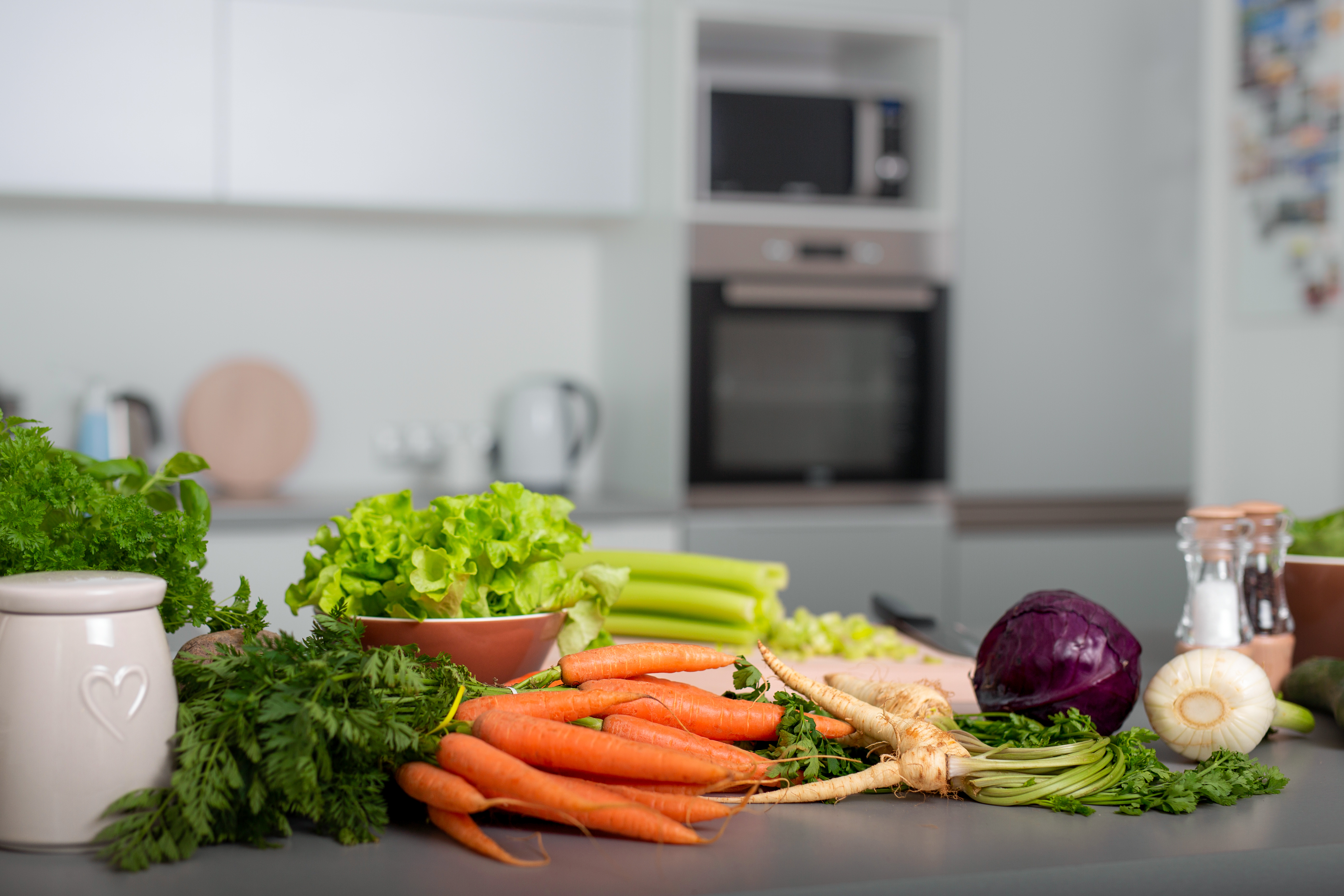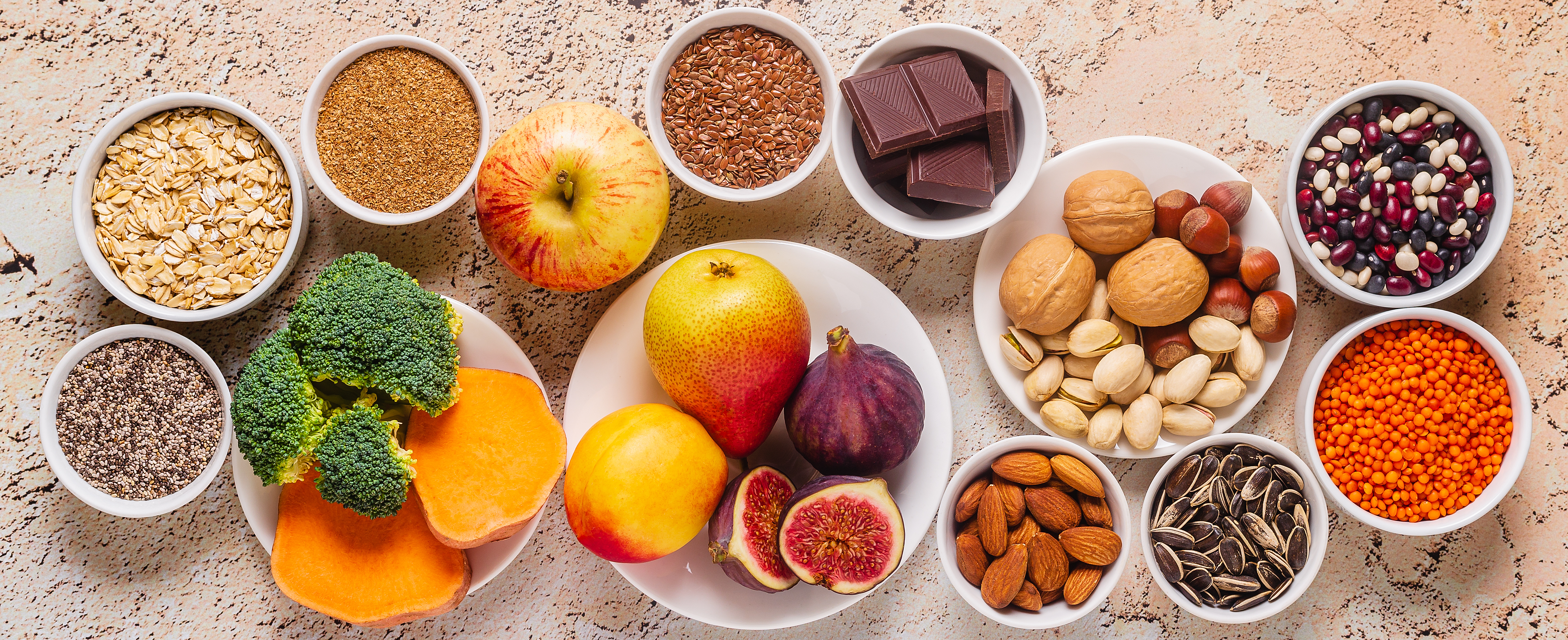10 Genius Ways to Effortlessly Add More Fiber to Your Diet
3. Snack Smart: Fiber-Filled Options

Snacking is often seen as an unhealthy habit, but when done correctly, it can be an excellent way to increase your fiber intake. Opting for fiber-rich snacks can help keep hunger at bay and prevent overeating during meal times. One simple option is to choose raw vegetables such as carrots, celery, or bell peppers. These crunchy snacks are not only low in calories but also high in fiber, vitamins, and minerals. Pair them with a fiber-rich dip like hummus, which is made from chickpeas, to enhance the flavor and nutritional value. Nuts and seeds are another excellent snack choice, as they are packed with fiber, healthy fats, and protein. Almonds, walnuts, and sunflower seeds are all high in fiber and make for a satisfying snack that can be enjoyed on the go. For those with a sweet tooth, dried fruits like apricots, figs, or prunes offer a natural source of sweetness and fiber. However, it's important to consume dried fruits in moderation due to their high sugar content. By choosing smart, fiber-filled snacks, you can curb hunger and boost your fiber intake throughout the day.
4. Fiber in the Main Course: Creative Lunches and Dinners

Incorporating fiber into your main meals is crucial for meeting your daily intake goals. Lunch and dinner provide ample opportunities to experiment with fiber-rich ingredients and create delicious, satisfying dishes. One easy way to add fiber to your meals is by including legumes such as lentils, chickpeas, or black beans. These versatile ingredients can be used in a variety of dishes, from salads and soups to stews and casseroles. Not only are they high in fiber, but they also provide a good source of plant-based protein. Whole grains are another excellent addition to your main meals. Swap refined grains like white rice or pasta for whole-grain alternatives such as brown rice, quinoa, or whole-wheat pasta. These options not only increase the fiber content of your meals but also add a nutty flavor and chewy texture. Don't forget to load up on vegetables, as they are a primary source of dietary fiber. Incorporating a variety of colorful vegetables into your dishes not only boosts fiber but also adds essential vitamins and minerals. By making these simple swaps and additions, you can effortlessly increase the fiber content of your main meals.
